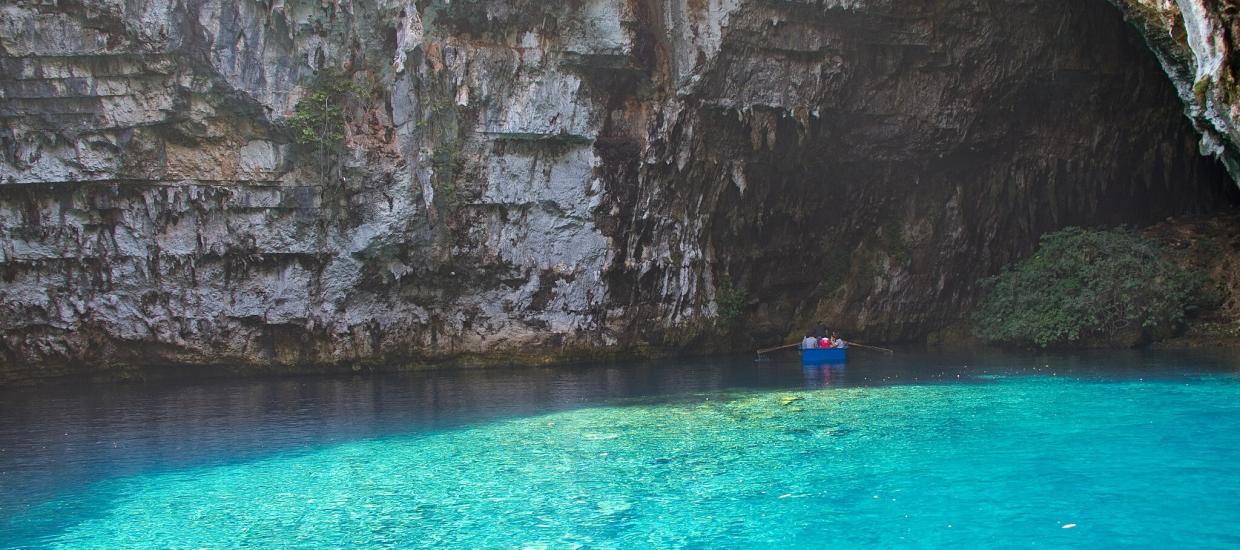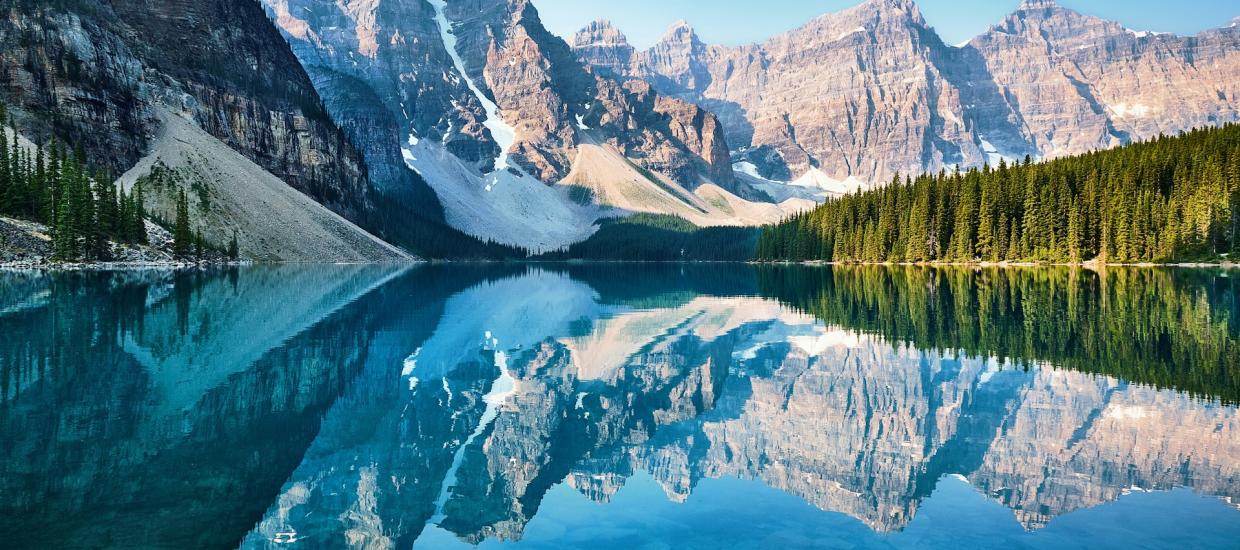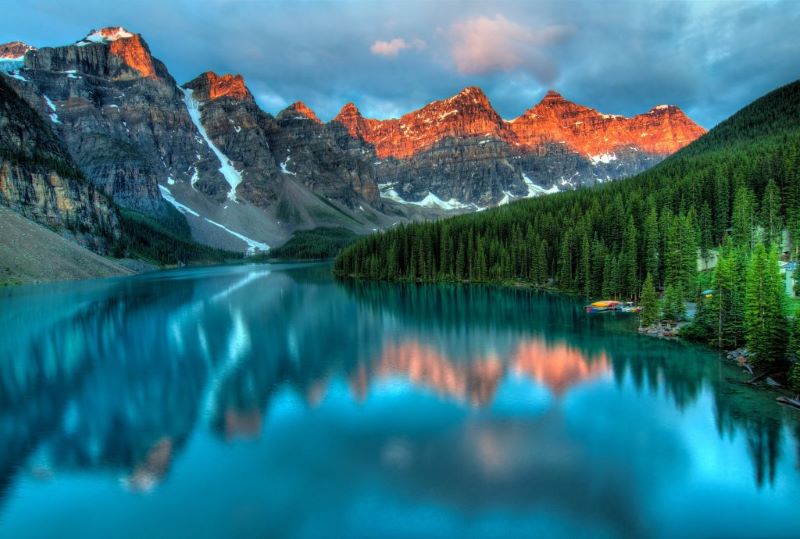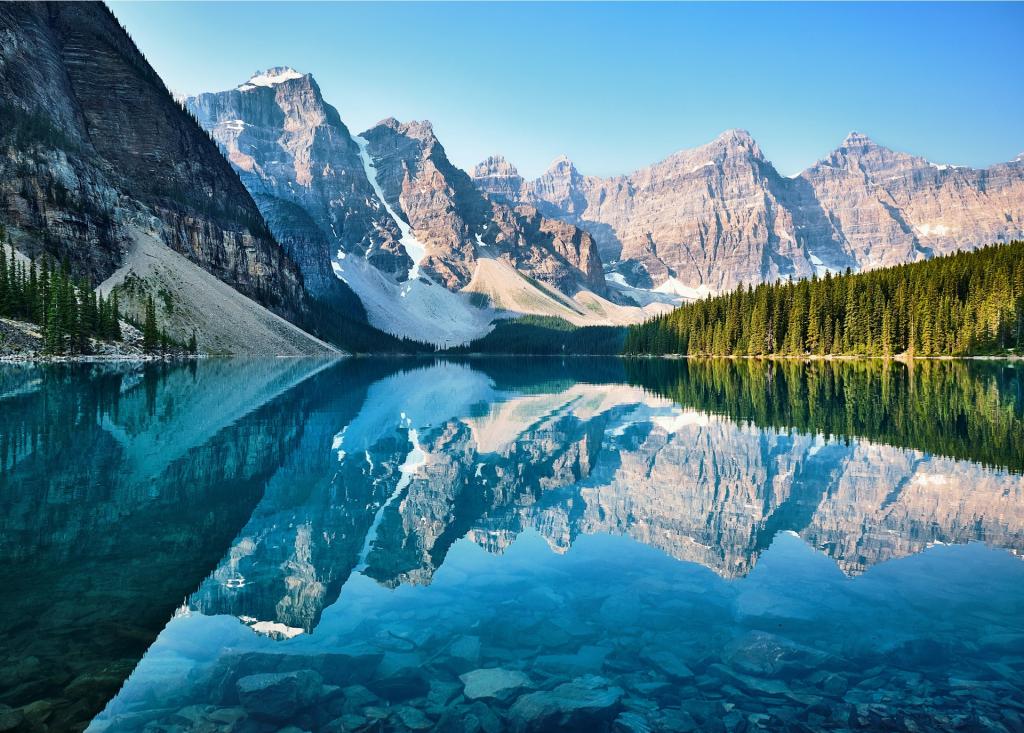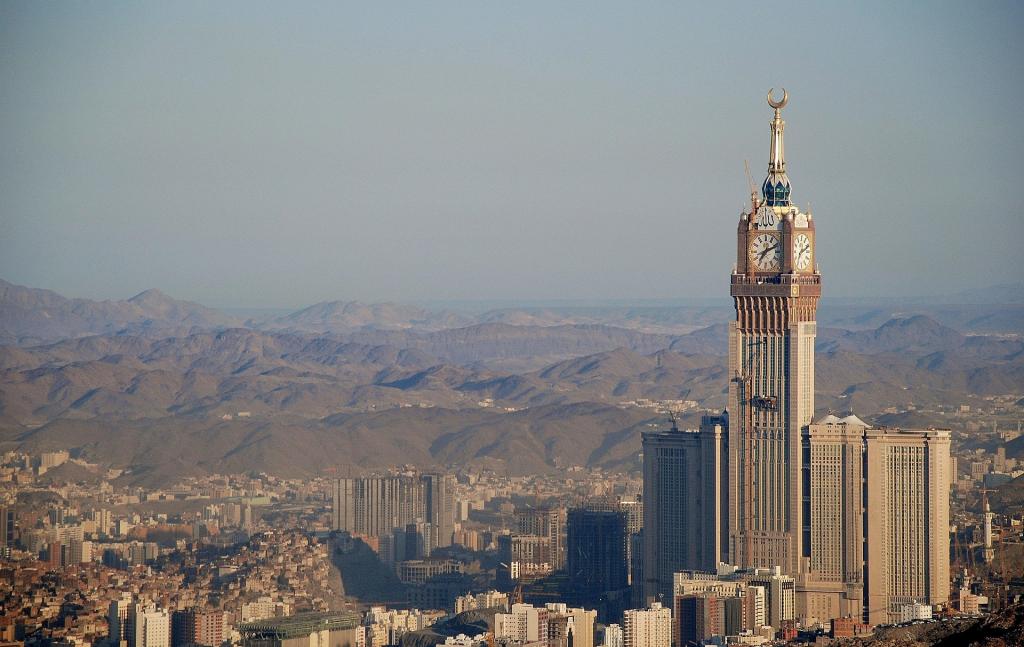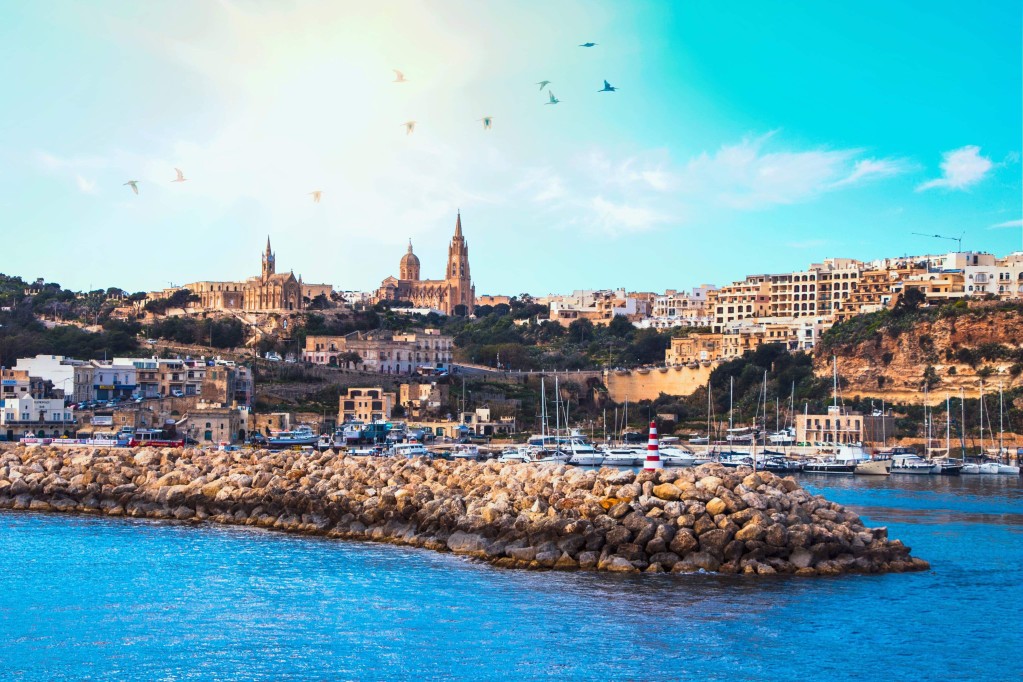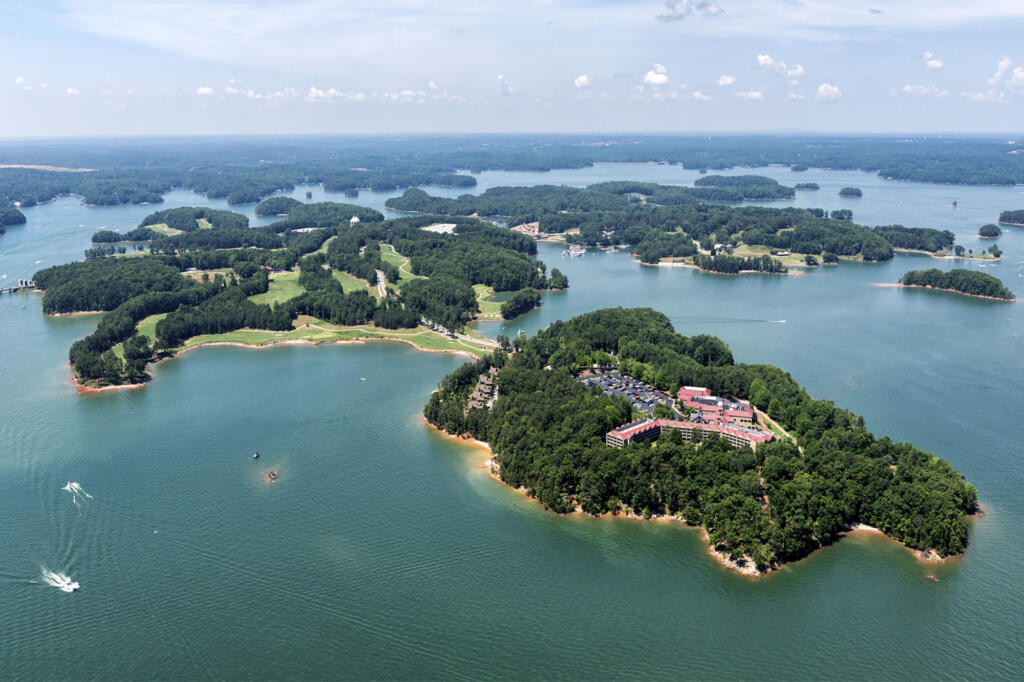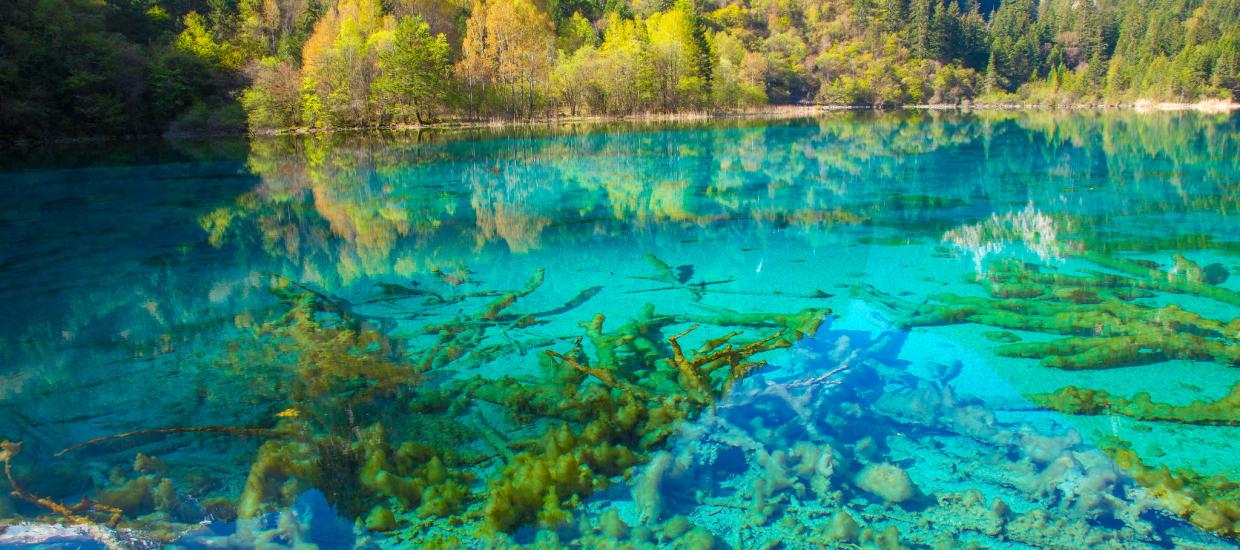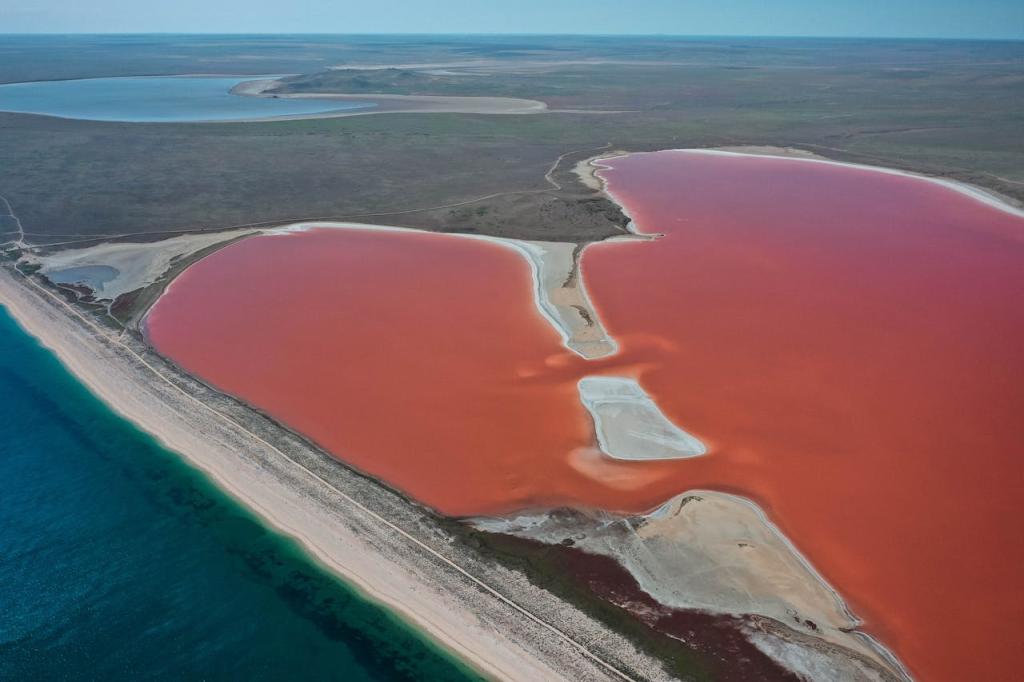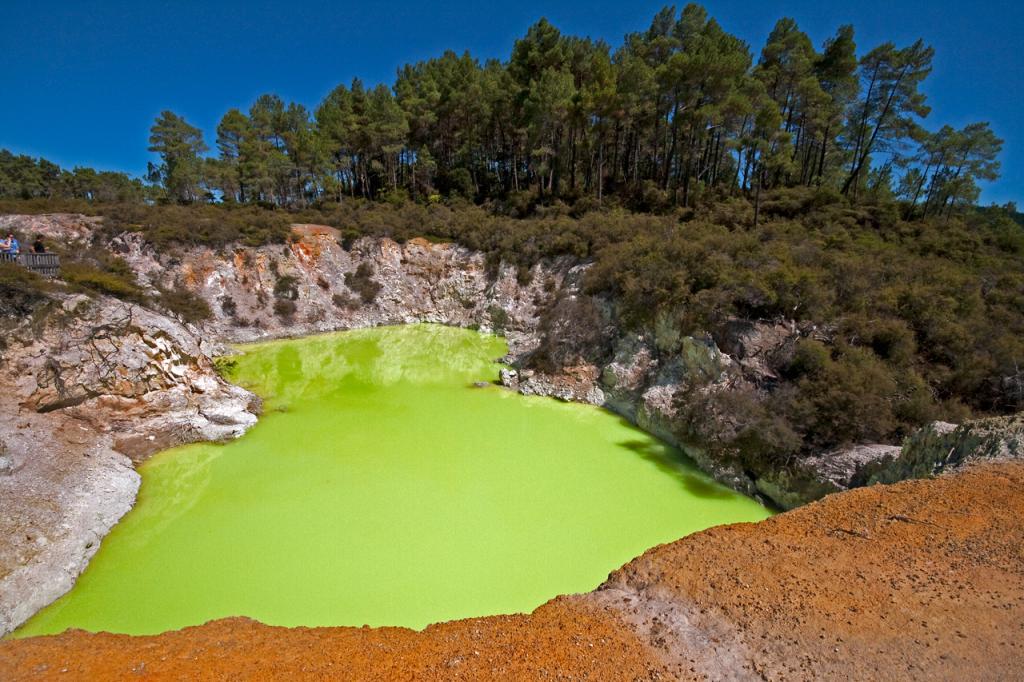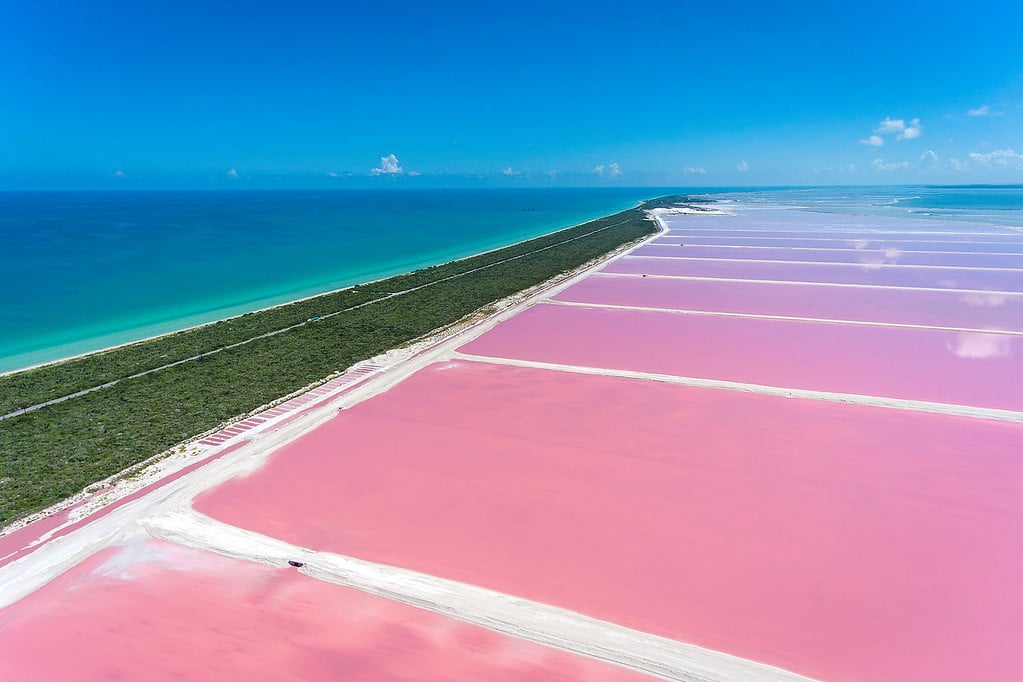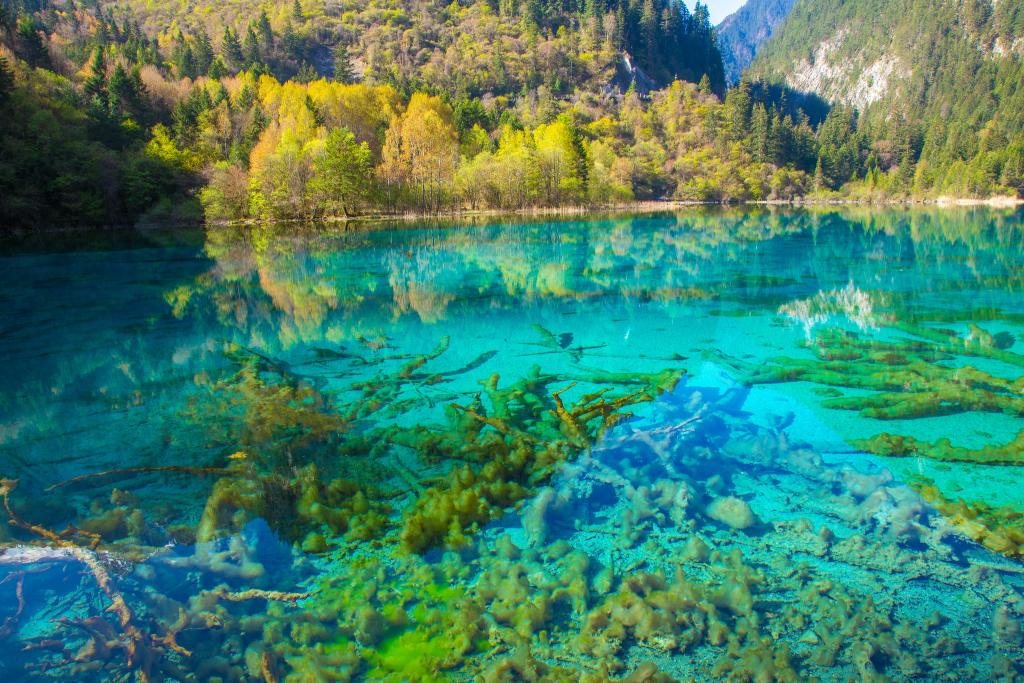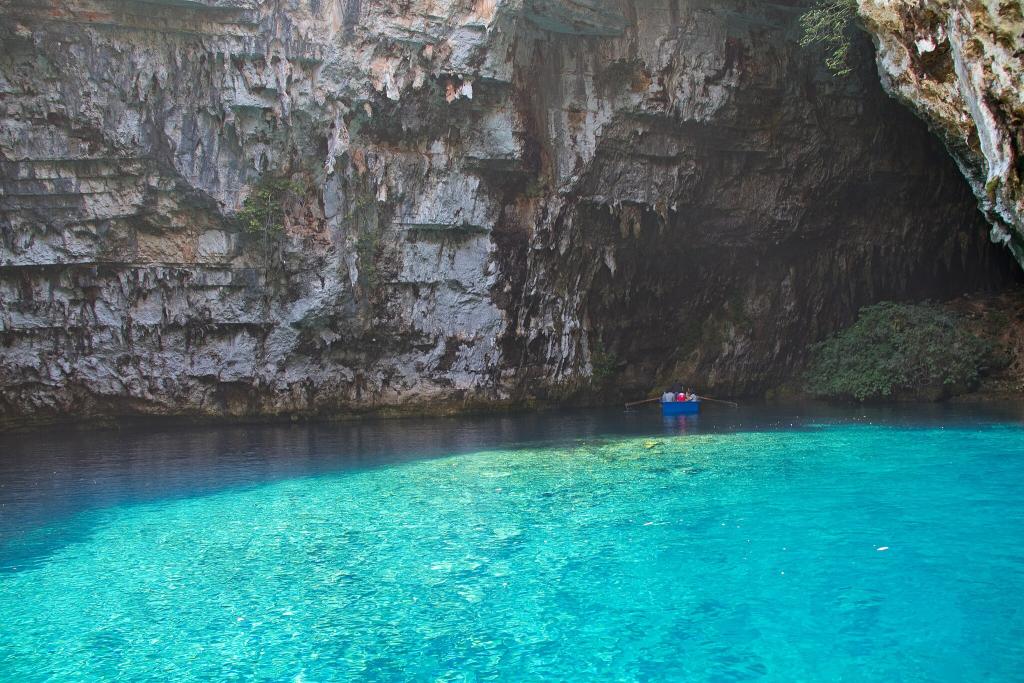
Did you know that 71% of the earth’s surface is made up of water? Mostly referring to the oceanic waters of the world, this statistic reminds us how integral that water is to life on earth. However, not all water is surface-based. In fact, there are multiple bodies of water that exist beneath the surface of the earth. From subglacial lakes to cave lakes, hundreds of intriguing bodies of water lie tucked away in the most unexpected spots on Earth. Today, in honor of all the lakes we can’t see, we’re covering the smallest and largest underground lakes!
The Largest Subglacial Lake
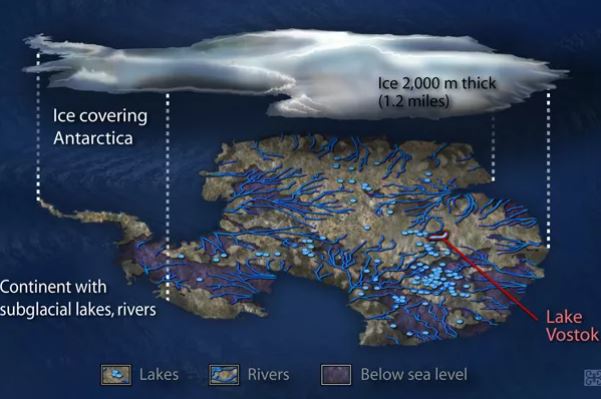
Given the expansiveness of Antarctic lakes, it’s no surprise that the largest underground lake in the world is subglacial. As opposed to typical underground lakes, a subglacial lake simply refers to one that is covered by a layer of ice. In the case of Lake Vostok, this layer happens to be 2.5 miles. Because of this lake’s hidden nature, its existence was unknown until the 1990s when a Russian pilot and geographer noticed a unique oblong shape from the air.
Today, the lake is part of Vostok Station, a Russian research hub in central Antarctica. Although scientists disagree about whether the lake existed before or after the East Antarctic Ice Sheet was formed, they do agree on one thing: the lake’s ecosystem is fascinating. With a temperature of -89 degrees Fahrenheit, the presence of life in Earth’s coldest temperatures has implications for the possibility of life on other planets.
The Largest Non-Subglacial Underground Lake
The country of Namibia is famous for a lot of natural wonders — the treacherous skeleton coast, the world’s highest sand dunes, and most of the endangered black rhino population. Beyond these wonders, the country is also home to the largest non-subglacial underground lake. Located in the Otjozondjupa Region in Namibia, Dragon’s Breath Cave was discovered in 1986 and named for the moist air that can be seen from the cave’s entrance, resembling dragon’s breath. At least 16 invertebrate species live in these zero-sunlight conditions, as well as a few other species, such as golden catfish, the most isolated fish in the world.
The Smallest Underground Lake
In a small island in the southwestern Pacific, the Moqua Well is located on the island of Nauru. In this tropical location, a limestone plateau formed low cliffs, which later produced caves. Inside, Moqua Well is a 16-foot-deep freshwater lake. During World War II, this lake was a primary source of freshwater for the people living on Nauru Island. Its integral nature during the war earned it the name “well” instead of “lake.” After the war, it was primarily a destination for partiers to drink. However, after an inebriated man fatally fell into the well, the lake is now closed to the public.
The Smallest and Clearest Underground Lake

Although it is larger than Moqua Well, Melissani Lake is another one of the world’s smallest underground lakes. It also happens to be a fascinating tourist attraction. Close to the mainland of Greece, it’s located in Melissani Cave on the Greek island of Kefalonia. According to Greek mythology, Melissani was the cave of the nymphs, female deities who are usually personifications of nature. Tourists have remarked on the clarity of the water, which can make boats look as though they’re floating on air. While its length is only 3 miles, its beauty is breathtaking and certainly worth a visit for any traveler to Eastern Europe.
We hope you’ve enjoyed learning about some of these underground lakes across the world!

